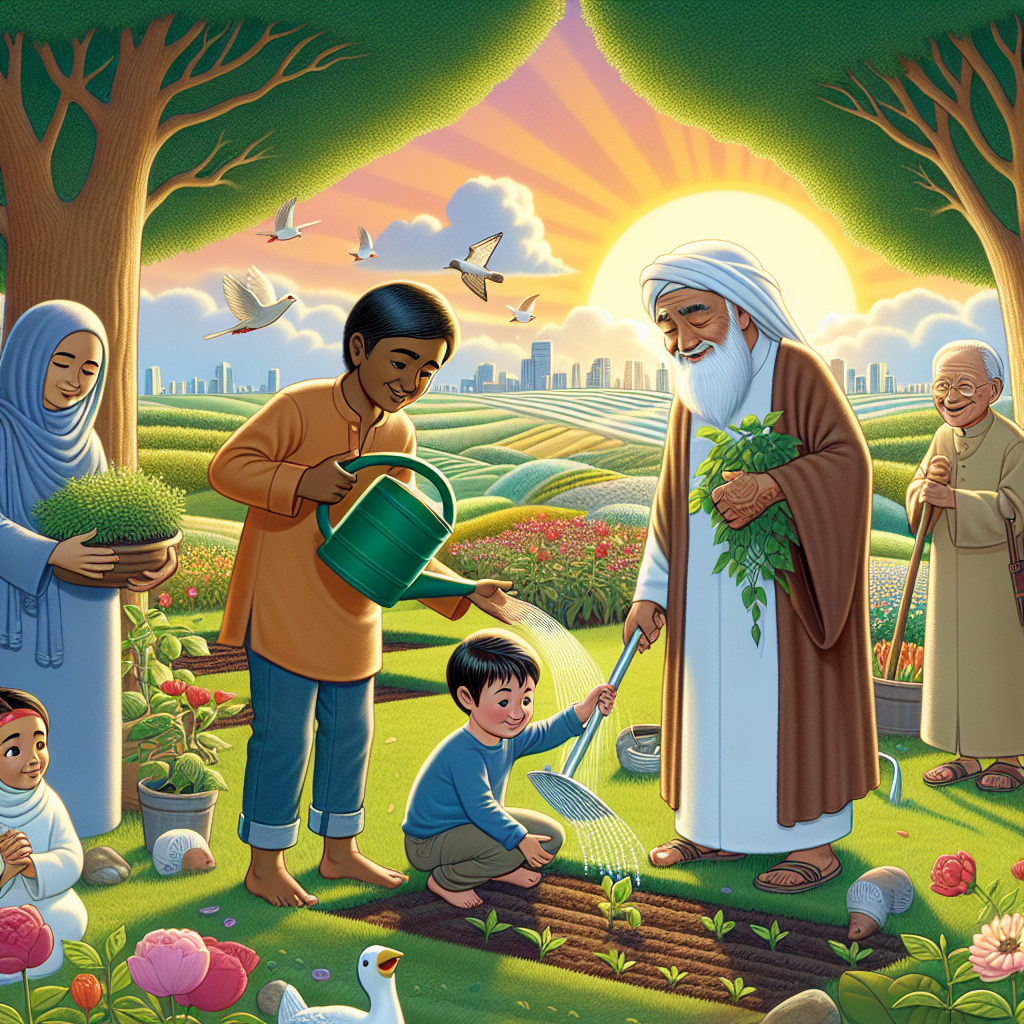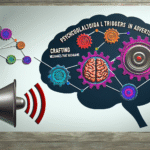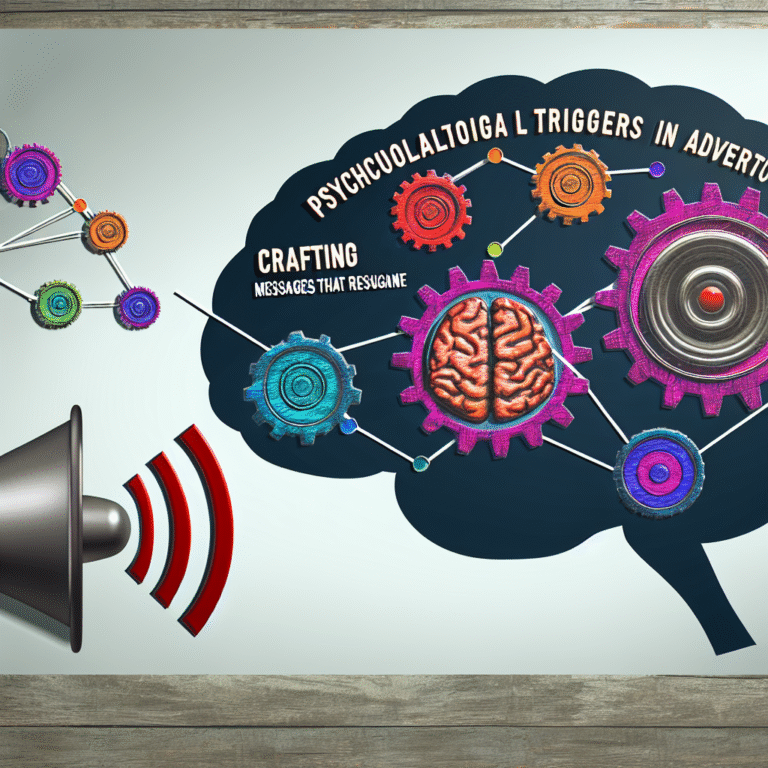
Introduction
In a world increasingly marked by division and conflict, the need for compassion has never been more pressing. As the saying goes, "Be the change you wish to see in the world." Cultivating Compassion: Simple Steps to a More Caring World isn’t just an ideal; it’s a necessity for fostering understanding and harmony among individuals and communities. This article explores actionable strategies for nurturing compassion in our daily lives, underscoring its transformative power in creating a more empathetic society.
The Importance of Compassion
Understanding Compassion
Compassion involves more than just feeling sorry for someone else’s misfortune; it’s an active desire to alleviate that suffering. Scientific research shows that compassion plays a crucial role in mental well-being, social cohesion, and even physical health. In fact, studies suggest that practicing compassion can lead to lower stress levels and an increase in positive emotions.
The Ripple Effect of Compassion
When we make a conscious effort to cultivate compassion, we create a ripple effect that can transform not just individual lives, but entire communities. An act of kindness can inspire others to act similarly, resulting in a cascading effect of goodwill and understanding.
Simple Steps to Cultivating Compassion
1. Practice Mindfulness
The Role of Mindfulness in Compassion
Mindfulness is a powerful tool for cultivating compassion. By being fully present, we can better understand our emotions and the emotions of others. This awareness is crucial to recognizing the suffering in the world around us.
Actionable Steps
- Daily Meditation: Set aside 10-15 minutes each day to meditate. Focus on your breathing and observe your thoughts and feelings without judgment.
- Mindful Listening: When conversing with others, practice active listening. This means focusing entirely on what the other person is saying, rather than formulating your response.
2. Volunteer Your Time
Community Engagement and Connection
Volunteering is a tangible way to foster compassion in your community. It provides an opportunity to connect with those who may be experiencing challenges you may not fully understand.
Case Study: Local Food Bank Volunteer Program
Many food banks rely on volunteers to provide essential services. In one case study, a group of college students dedicated their weekends to volunteering at a local food bank. Not only did they help distribute food, but they also engaged in conversations with clients, learning about their stories and struggles. This experience deepened their understanding of food insecurity and fostered lasting commitments to supporting their community.
| Impact on Volunteers | Impact on Food Bank Clients |
|---|---|
| Enhanced empathy | Improved access to nutritious food |
| Increased social connections | Greater sense of community support |
| Long-term commitment to social justice | Personal stories shared and heard |
3. Educate Yourself
Knowledge as a Foundation for Compassion
To cultivate compassion effectively, one must first understand the issues that people face. Knowledge can dispel myths and deepen empathy.
Actionable Steps
- Read Books and Articles: Delve into literature focused on social justice, mental health, or historical injustices.
- Attend Workshops: Participate in workshops that focus on different cultures, lifestyles, and challenges.
4. Cultivate Empathy
The Connection Between Empathy and Compassion
Empathy is the ability to understand and share the feelings of another. It’s an essential step that leads to compassionate action.
Practical Exercises
- Role Reversal: In difficult conversations, try to articulate the other person’s viewpoint. This exercise helps to promote understanding and empathy.
- Journaling: Record your thoughts and feelings after encountering someone in distress. Reflect on how you might feel in their situation.
5. Lead by Example
The Power of Actionable Compassion
Modeling compassionate behavior can inspire others to act similarly. Your actions, no matter how small, can encourage a culture of kindness.
Case Study: The Kindness Initiative
A neighborhood launched a “Kindness Initiative,” encouraging residents to perform small acts of kindness daily. Simple gestures such as helping a neighbor with groceries or writing thank-you notes proliferated throughout the community. The initiative led to a noticeable improvement in neighborly relations and overall happiness among residents.
| Kindness Act | Result |
|---|---|
| Grocery assistance | Strengthened community bonds |
| Thank-you notes | Increased gratitude and positivity |
Exploring Compassion on a Global Scale
The Role of Compassion in Global Issues
Compassion isn’t just a local endeavor; it can extend globally. Activism rooted in compassion can address issues like poverty, climate change, and systemic injustice.
Global Case Study: Random Acts of Kindness Movement
This global movement encourages individuals to perform acts of kindness, which have been shown to have ripple effects in communities across the world. Whether through online campaigns or local events, this initiative’s impact fosters a sense of interconnectedness that transcends borders.
Compassion and Technology
In our digital age, technology can be a platform for cultivating compassion. Social media, for all its challenges, can also be a vehicle for spreading kindness and awareness.
Action Steps
- Share Positive Messages: Use social media platforms to share inspiring stories, uplifting content, or calls to action for compassionate causes.
- Connect with Diverse Communities: Leverage technology to engage with diverse voices and perspectives to broaden your understanding of different experiences.
Conclusion
Cultivating Compassion: Simple Steps to a More Caring World is not just a theoretical concept; it is actionable, achievable, and necessary. By integrating mindfulness, volunteering, education, empathy, and leading by example, we can all contribute to a more compassionate world. Remember, every small act counts, and each one has the potential to spur a wave of kindness.
Actionable Takeaway
Take a moment to reflect on how you can implement one of these steps in your life this week. Whether it’s volunteering for a cause you care about or simply taking the time to listen to someone, these actions can create a profound ripple effect in your community.
FAQs
1. What is the difference between empathy and compassion?
Empathy refers to the ability to understand and share the feelings of others, whereas compassion involves a desire to alleviate that suffering.
2. How can I be more compassionate in my daily life?
Start with small actions such as listening more, volunteering, or simply offering a compliment. Consistency is key.
3. Why is compassion important in society?
Compassion fosters social bonds, reduces conflict, and promotes overall community well-being, leading to healthier societies.
4. Can technology help in cultivating compassion?
Yes, technology can be leveraged to spread positive messages, connect with diverse communities, and promote awareness about social issues.
5. How can I inspire others to be more compassionate?
Lead by example, share your compassionate actions, and encourage discussions about the importance of kindness in everyday life.
By following these simple steps and embracing a compassionate mindset, we can all take part in cultivating compassion: simple steps to a more caring world—everyone deserves a little kindness.
















